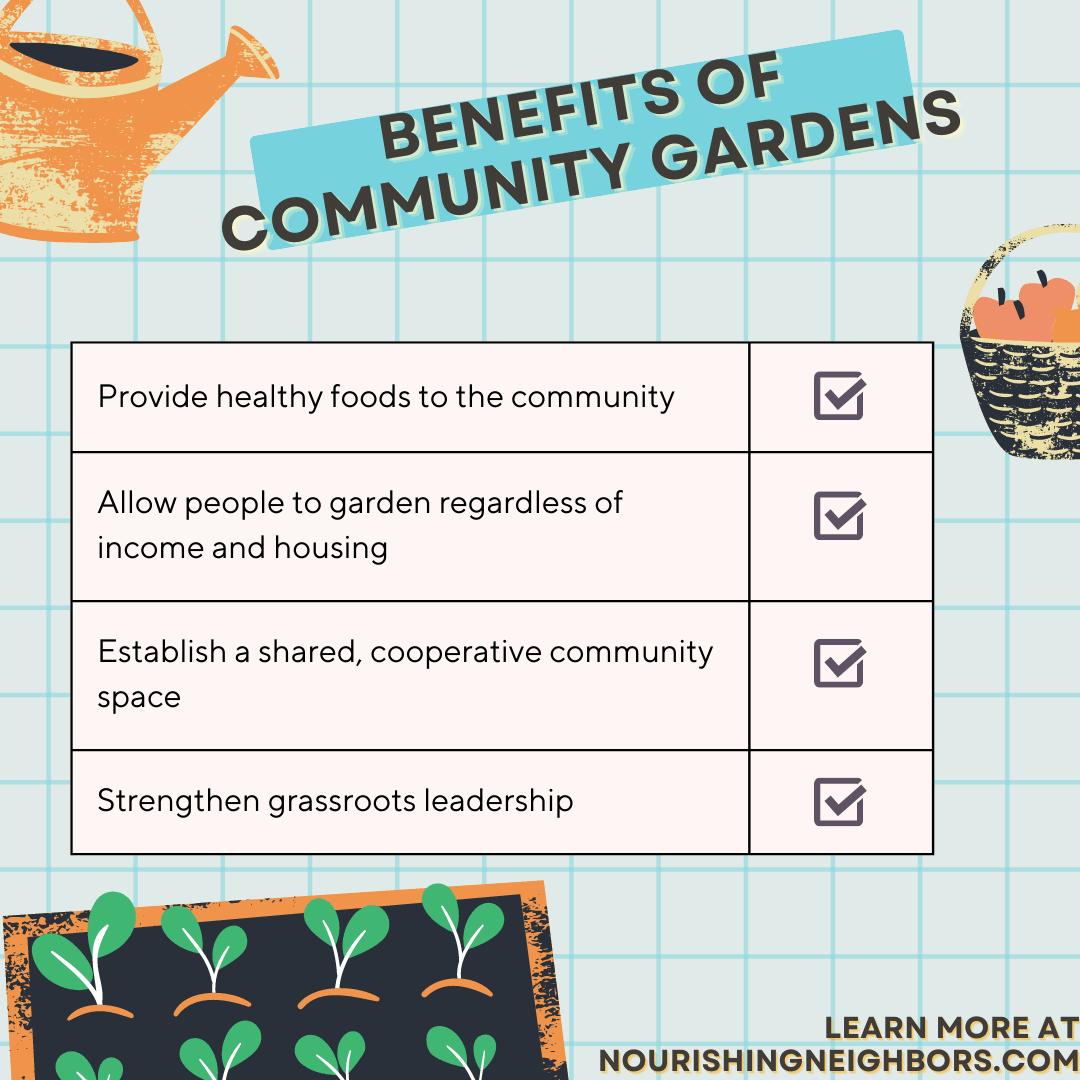The Best Strategy To Use For City Blooming
The Best Strategy To Use For City Blooming
Blog Article
The 5-Second Trick For City Blooming
Table of ContentsA Biased View of City BloomingThe 5-Second Trick For City BloomingThe 7-Second Trick For City BloomingThe Basic Principles Of City Blooming The Single Strategy To Use For City Blooming
Nature has incredible effects on our physical and psychological well-being, so it's no surprise that a straightforward succulent on a desktop or some potted natural herbs on a windowsill can immediately enhance an area. Take those plants a step additionally, and you'll go across right into the area of metropolitan gardening, which brings a lot more advantages to people and areas alike.What Are Urban Gardens?Urban gardening, sometimes calledcity horticulture, is specified as "the process of growing green areas in urban setups. "It includes a range of tasks from urban farming to patio gardens to community yards - eco-friendly practices. Urban yards can be often tended by people, teams, companies, or companies. The quantity and range of food grown can vary extensively, along with the dimension of the project itself, but city horticulture campaigns are all rooted in a city setup.
Whether they are composed of a collection of pots on a balcony or a cluster of stories on a vacant lot, these gardens provide greater than food, providing a host of environmental, financial, and social advantages. Since fruit and vegetables is expanded in local setups rather than far-away farms, urban gardening decreases transport needs, consequently reducing down on carbon exhausts.
Not known Factual Statements About City Blooming
Lasting and organic agriculture eliminates or decreases a lot of the environmental damage that would certainly be sustained by commercial agricultural approaches. Environment-friendly rooms in cities help in reducing the city warmth island impact. Urban farming promotes local economic climates and sustains regional food manufacturers. Community gardening projects frequently offer food at little or no expense, which assists reinforce food budgets and enhance food safety and security. Urban yards can be tools of social modification that address inequities, systemic racism, and community advancement problems. Below at Hunger For Modification, we make use of food as a device to construct health, riches, and social change in North Minneapolis. We bring individuals with each other to learn, cook, consume, and expand food, developing adjustment that lasts.
With each other, we can create well-rooted and growing adjustment!.

The main lesson we, once more, need to find out is that cities are not separated from nature. They belong of the larger biome in which they're located. As organizers and designers, we are educated to think holistically. While these fields of research advertise cities as helpful, no city is ideal not even close, and the susceptabilities and interconnections of the global supply chain has impacted all of us in unanticipated methods.
Facts About City Blooming Uncovered
I will take a look at models from the past that advertised urban yards and gardeners, and show what worked and what did not. I will certainly talk about the possibilities and difficulties of being a metropolitan garden enthusiast, what is required to establish up a yard of your own, and what laws and criteria stand in the means of making cities better at promoting metropolitan gardens.
The amount of time wasted obtaining to and from standard workplaces has been well recorded. The built up unfavorable results of air pollution and stress and anxiety that result from commuting alone by car as many Americans do are considerable.
The capacity ahead to the workplace for cooperation and culture, and remain home for concentrated job is an idea that saves time, is much better for the environment and is a smarter use limited resources. It appears the crossbreed office is an idea whose time has come. What hasn't yet held is the connection between these modifications in actions and exactly how cities might react.
The Best Strategy To Use For City Blooming
What are the health and wellness effects of our cities unexpectedly overdesigned for autos? How can our city framework (roadways, energies) do better, not only as channels to move individuals and products, however as factors to natural systems? Urban phenomena such as smog, inadequate water top quality and the 'warm island impact' can be alleviated by greening our streets, amazing our automobiles and planting our parking area.
In a recent post in the Wall Street Journal, Richard Florida talked about the sensation of 'zoom cities,' which attract remote employees by developing a photo of a higher high quality of life (garden care). He composed: "For cities, remote work transforms the focus from luring business with unique offers to tempting ability with services and facilities
Urban horticulture currently has numerous options to assist you expand food my response anywhere you have area, such as with container horticulture, hydroponic gardening, and rooftop horticulture. This indicates you can control the place where you grow the food, and stress less concerning environmental problems like drought or chilly weather. You can choose what you want to expand, just how you desire to expand it, and where you intend to expand.
9 Simple Techniques For City Blooming
Expanding mass-produced food with standard farming approaches takes a great deal out of the earth. Beyond the numerous resources that are utilized on the farm, the food then needs to be transferred from where it is expanded to a store near you. That requires burning a whole lot of gas. Generally in the united state, food is currently carried between 1,500 and 2,500 miles to get to the consumer.

Report this page